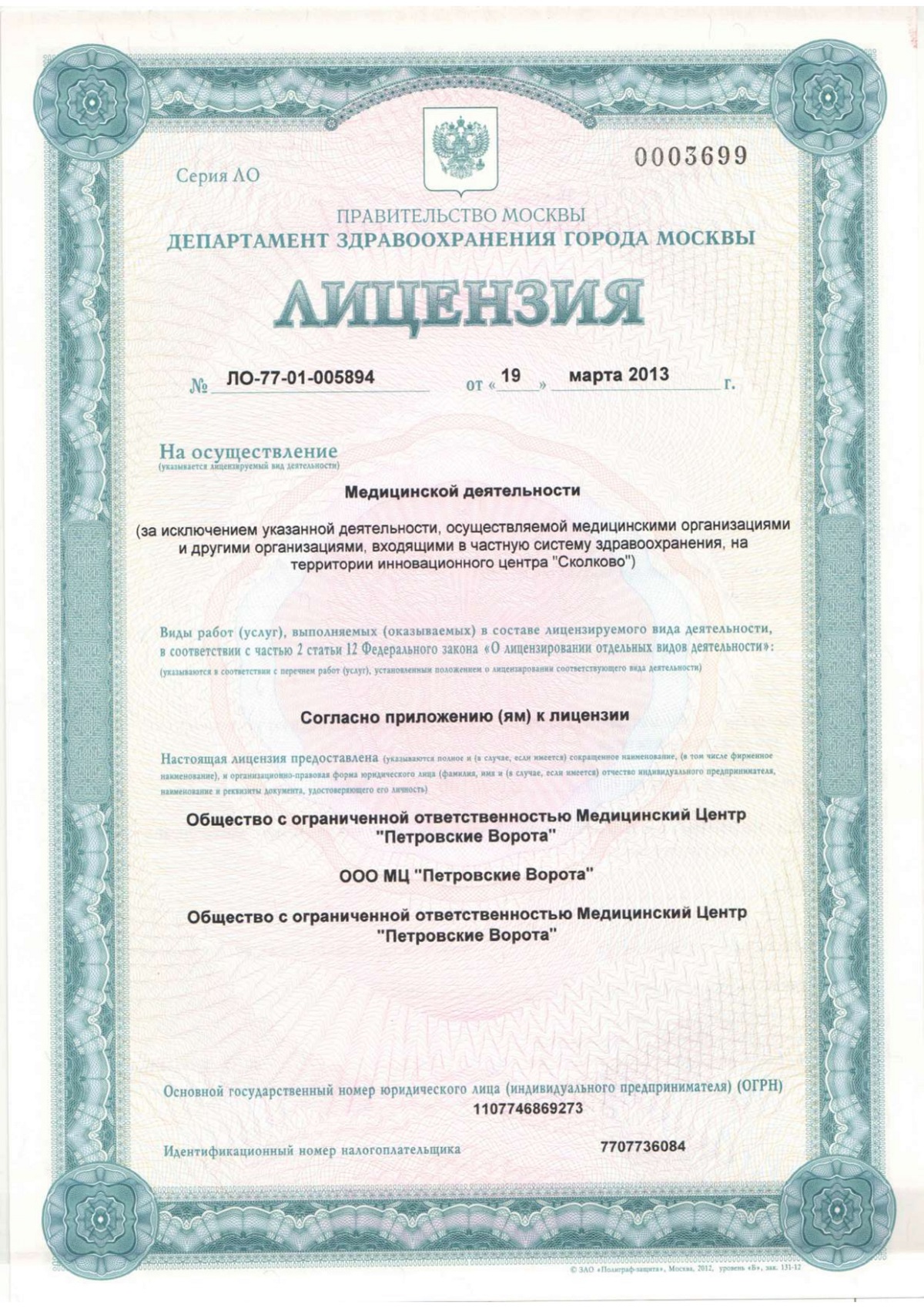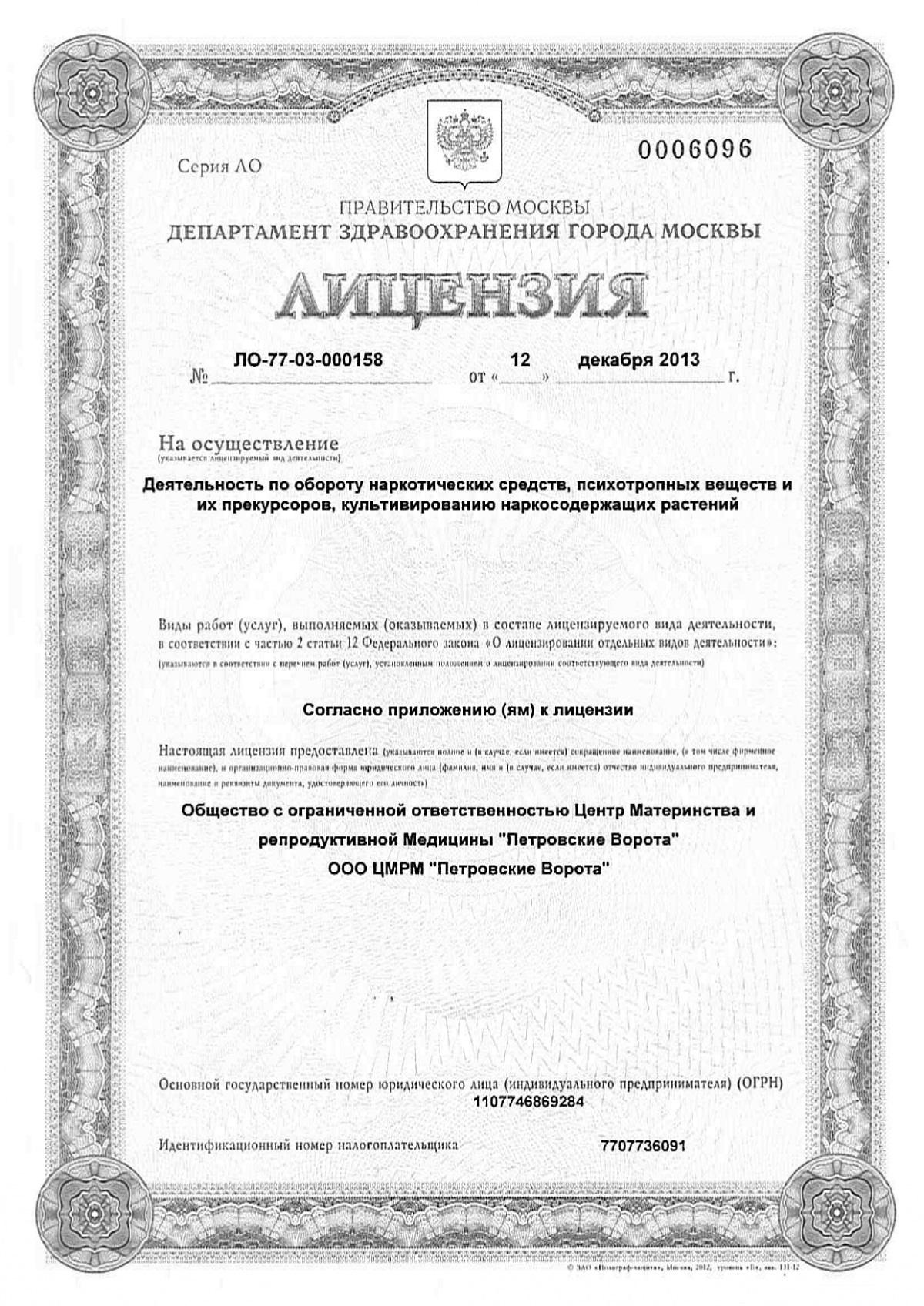Endoscopic polysinsotomy

specialists

equipment

treatment
Indications for surgery and symptoms
Indications for endoscopic polysinsotomy
The basis for the operation is damage to several sinuses of the nose by various pathological processes:
- Chronic hypertrophic sinusitis (long-term inflammation of the nose, characterized by thickening of the mucous membrane and the formation of polyps)
- Hemisinusitis (inflammation on one side in several paranasal sinuses) and pansinusitis (inflammatory process in all sinuses)
- Cysts in the sinuses
- Presence of a foreign object in the sinus cavity
- Mucocele (blockage of the sinus with accumulation of abnormal contents inside)
Indications for surgery also include the development of osteomyelitis of the facial bones, acute recurrent infections that do not respond to standard treatment, and malignant neoplasms in the sinuses.
Contraindications
Endoscopic polysinsotomy of the sinuses is not performed if there are such restrictions:
- Blood clotting disorders (hemophilia, thrombocytopenia)
- Heart failure, coronary heart disease
- Active infection (such as acute sinusitis or pneumonia)
- Exacerbation of chronic bronchitis, asthma
- Severe depression, schizophrenia
The operation is not performed for abnormalities in the development of the facial skeleton, instability in the cervical spine, severe diabetes, active skin infections in the area of the proposed intervention (for example, herpes, impetigo).
Symptoms of diseases of the paranasal sinuses
Sinusitis is manifested by the following characteristic symptoms:
- Difficulty breathing through the nose
- Feeling of tension or fullness in the sinuses
- Discharge of purulent secretion from the nose
- Pain or pressure in the forehead, cheeks, between or around the eyes
- Increased pain when tilting the head
- Decreased ability to smell
- Cough that gets worse at night
- Temperature rise
- General weakness and deterioration of health
Additional symptoms of sinusitis include toothache caused by pressure in the maxillary sinuses, changes in voice quality due to blocked nasal passages, and irritation and redness of the eyes. In addition, the lymph nodes in the neck and under the jaw may become enlarged.
General information about the procedure
Advantages of endoscopic polysinsotomy
The advantages of the endoscopic method include:
- Minimally invasive. The use of an endoscope makes it possible to perform surgical interventions through small natural passages in the nasal cavity
- High accuracy. The endoscope provides excellent visualization of the surgical field, allowing the surgeon to perform precise and accurate actions
- Minimal tissue damage. The device practically does not affect healthy tissue, which minimizes the likelihood of complications and promotes rapid recovery
- Efficiency. The ability to carefully examine the canals connecting the nasal cavity with the sinuses contributes to the complete elimination of inflamed or abnormally changed tissue
- Fast rehabilitation. Minimal trauma ensures quick recovery for patients
Since all incisions are made inside the nasal cavity, there are no noticeable scars on the face. You can check the prices for endoscopic polysinsotomy in Moscow or find out about other services of the center by calling the phone number listed on the website.

Our doctors

This award is given to clinics with the highest ratings according to user ratings, a large number of requests from this site, and in the absence of critical violations.

This award is given to clinics with the highest ratings according to user ratings. It means that the place is known, loved, and definitely worth visiting.

The ProDoctors portal collected 500 thousand reviews, compiled a rating of doctors based on them and awarded the best. We are proud that our doctors are among those awarded.
Make an appointment at a convenient time on the nearest date
Price










































What is polysinusotomy?